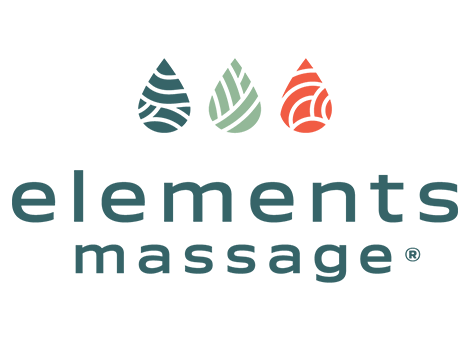Healthy circulation is essential for the delivery of oxygen and nutrients to cells throughout the body, as well as for the removal of waste products. Massage therapy has been observed to positively impact circulation by enhancing blood flow, promoting lymphatic drainage, and improving overall vascular function (Crane et al., 2012).
How Does Massage Therapy Improve Circulation?
Massage therapy can enhance circulation through several mechanisms:
-
Vasodilation: Massage can trigger vasodilation, or the widening of blood vessels, through the heat generated by the massage and the mechanical pressure applied to the tissues. This process enhances blood flow and increases the delivery of oxygen and nutrients to the muscles (Crane et al., 2012).
-
Lymphatic Drainage: Massage can stimulate the lymphatic system, a network of vessels and nodes responsible for the removal of waste and toxins from the body. This helps to reduce swelling and improve overall body function (Field, 2009).
-
Reduction of Muscle Tension: By loosening tight muscles and breaking up knots, massage can help to enhance blood flow through the muscles. This process can further facilitate the removal of waste products and reduce muscle soreness and fatigue (Sherman, 2014).
Scientific Evidence on Massage and Circulation
Several studies have demonstrated the positive effects of massage on circulation. For example, a study by Crane et al. (2012) found that massage therapy increased blood flow and reduced muscle soreness after exercise-induced muscle damage.
In a study conducted by Hernandez-Reif et al. (2004), hypertensive women who received regular biweekly massage sessions over a five-week period exhibited reductions in blood pressure and pulse rate, suggesting improved circulatory function.
Furthermore, a systematic review by Field et al. (2014) noted that massage therapy improved various circulatory issues, including reducing blood pressure and improving peripheral blood circulation, in individuals with multiple health conditions such as hypertension, diabetes, and lower limb edema.
References
- Crane, J. D., Ogborn, D. I., Cupido, C., Melov, S., Hubbard, A., Bourgeois, J. M., & Tarnopolsky, M. A. (2012). Massage therapy attenuates inflammatory signaling after exercise-induced muscle damage. Science Translational Medicine, 4(119), 119ra13.
- Field, T. (2009). Massage therapy research review. Complementary Therapies in Clinical Practice, 15(4), 224-229.
- Field, T., Diego, M., Gonzalez, G., & Funk, C. G. (2014). Neck arthritis pain is reduced and range of motion is increased by massage therapy. Complementary Therapies in Clinical Practice, 20(4), 219-223.
- Hernandez-Reif, M., Field, T., Krasnegor, J., & Theakston, H. (2004). High blood pressure and associated symptoms were reduced by massage therapy. Journal of Bodywork and Movement Therapies, 4(1), 31-38.
- Sherman, K. J. (2014). Guidelines for developing yoga interventions for randomized trials. Evidence-Based Complementary and Alternative Medicine, 2014.

